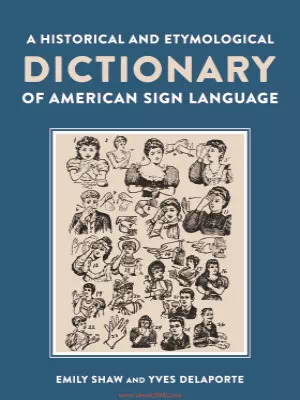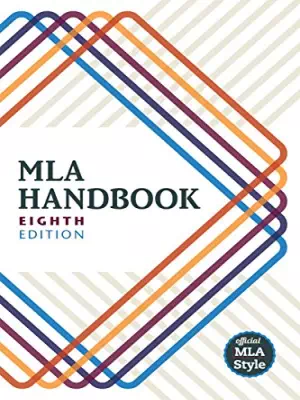A Historical and Etymological Dictionary of American Sign Language PDF

A Historical and Etymological Dictionary of American Sign Language
The story of how American Sign Language (ASL) came to be is almost mythic.
In the early 19th century, a hearing American reverend, Thomas Hopkins Gallaudet, met a Deaf French educator, Laurent Clerc, who agreed to come to the United States and help establish the first school in America to use sign language to teach deaf children.
The trail of ASL’s development meanders at this point.
No documentation of early ASL was published until the late 19th century, almost seven decades after the school’s founding.
While there are many missing pieces in the history of America’s sign language, plenty of data exist regarding ASL etymology.
This book is the first to collect all known texts featuring illustrations of early ASL and historical images of French Sign Language-langue des signes fran?aise (LSF)-and link them with contemporary signs.
Through rigorous study of historical texts, field research in communities throughout France and the U.S., and an in-depth analysis of the cultural groups responsible for the lexicon, authors Emily Shaw and Yves Delaporte present a compelling and detailed account of the origins of over 500 ASL signs, including regional variations.
Organized alphabetically by equivalent English glosses, each sign is accompanied by a succinct description of its origin and an LSF sign where appropriate.
Featuring an introductory chapter on the history of the development of ASL and the etymological methodology used by the authors, this reference resource breaks new ground in the study of America’s sign language.



